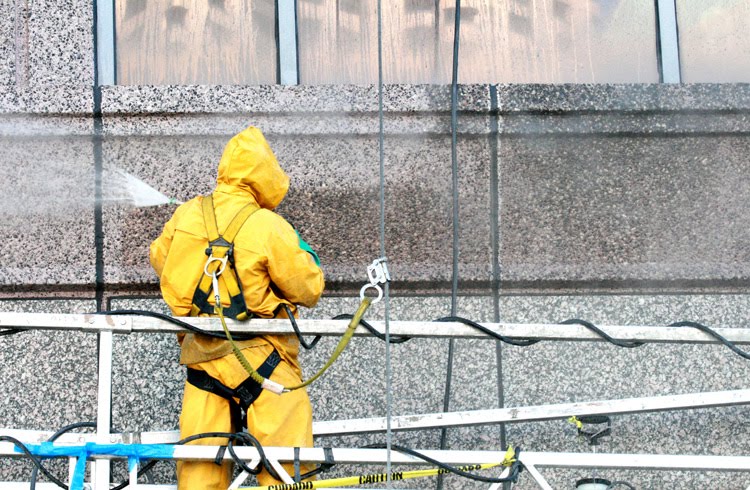When it concerns masonry restoration, understanding the material at hand is crucial. Like brick, stone is a highly desired construction material because of its strength, durability, resistance, and sustainability. However, all stones are porous and hence absorb water. The reaction of water with stone then causes deterioration. At Abbot Building Restoration, our experts have the experience and knowledge needed to return your structure to its best state.
Here is a closer look at the deterioration and repair processes.
Forms of Stone Deterioration
Depending on the type of stone and the environmental conditions, there are several different ways that deterioration may manifest itself. For example:
- Efflorescence. Migration of salt to the stone’s surface; efflorescence appears as a white stain on the structural surface.
- Cracking. Whether through settling or the use of improper mortar application, cracking will continue to expand if left untreated.
- Delamination. When the outer surface of the stone splits into thin layers.
Harvesting
Similar to brick, the harvesting of stone can be a cost-effective and viable solution for building owners. By turning the stone and replacing it to the wall, owners have a proven approach that has been used in masonry restoration in Boston for years.
This method is of harvesting is particularly effective with stone because of the way deterioration generally occurs. As the face of the stone is subject to weather conditions and winter salt, the first two to three layers of the stone typically need attention. Thus, the structural integrity of the material will remain intact.
Stone Repair and Replacement
Depending on the stone and the extent of deterioration, stone repairs can be handled in various methods. Below is a list of a few of the most commonly used methods:
- Lime injections (similar to brick)
- Dutchman repair. This treatment replaces missing portions of the chipped or broken-away stone. As one of the most complex repair methods, the Dutchman treatment should only be entrusted to a team of highly skilled masonry experts.
- Stone replacement. If other techniques are ineffective, stone replacement may be the solution. However, matching shapes and colors can prove tricky due to the age of most existing stone structures. Manufactured replicas are becoming more popular but are the very last option for most masonry workers.
For more information on masonry restoration, contact the experts at Abbot Building Restoration. Our team brings decades of experience and expertise to any job site, along with a commitment to providing the highest-quality services. Contact us today at (617) 445-0274 or info@abbotbuilding.com to experience the difference of working with a company that puts our client’s best interests first.
This article is the second in a two-part series on brick and stone restoration. Information was derived from an article published in the October 2019 issue of Masonry Magazine entitled “Masonry Restoration: Brick, Stone, and Material Substitution.”


